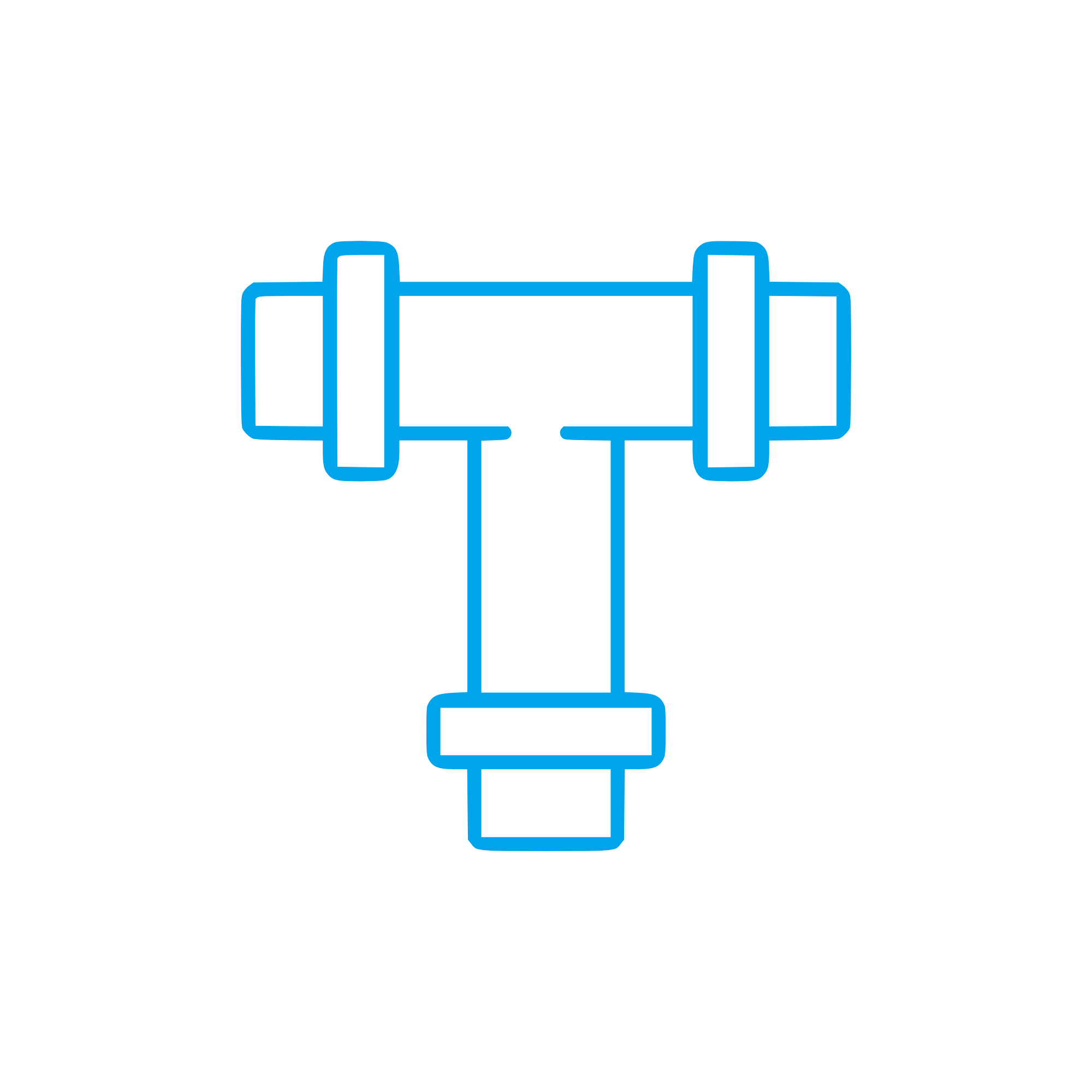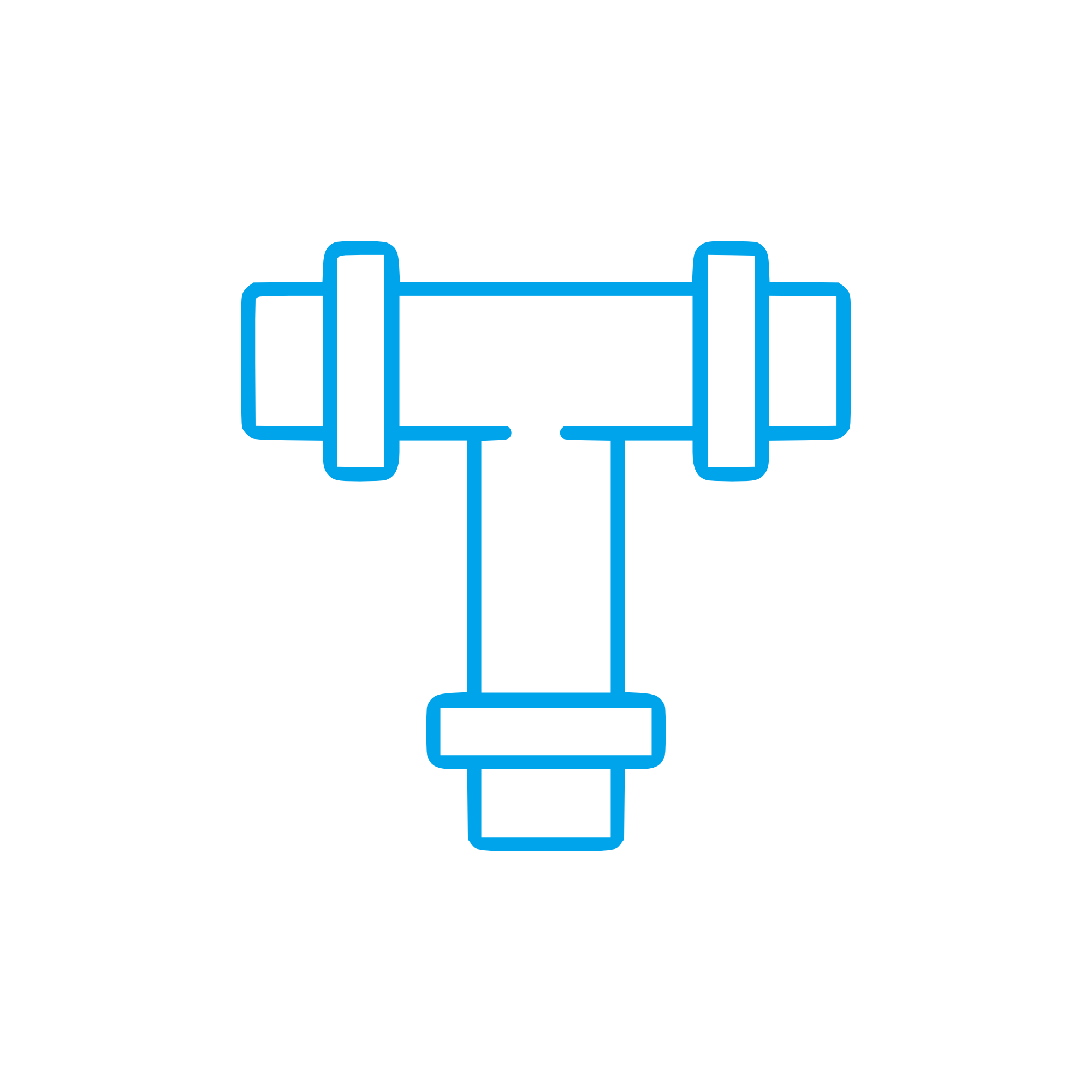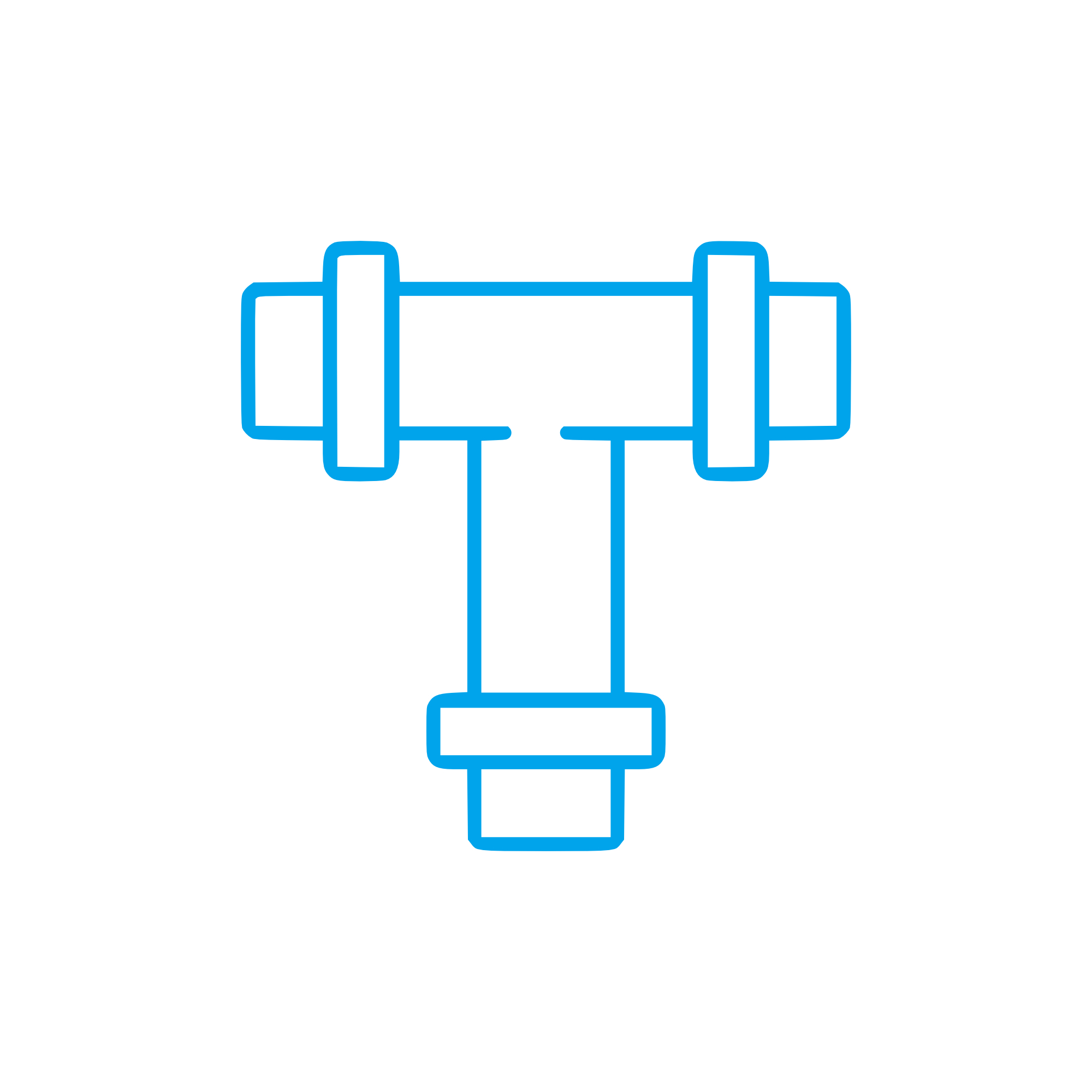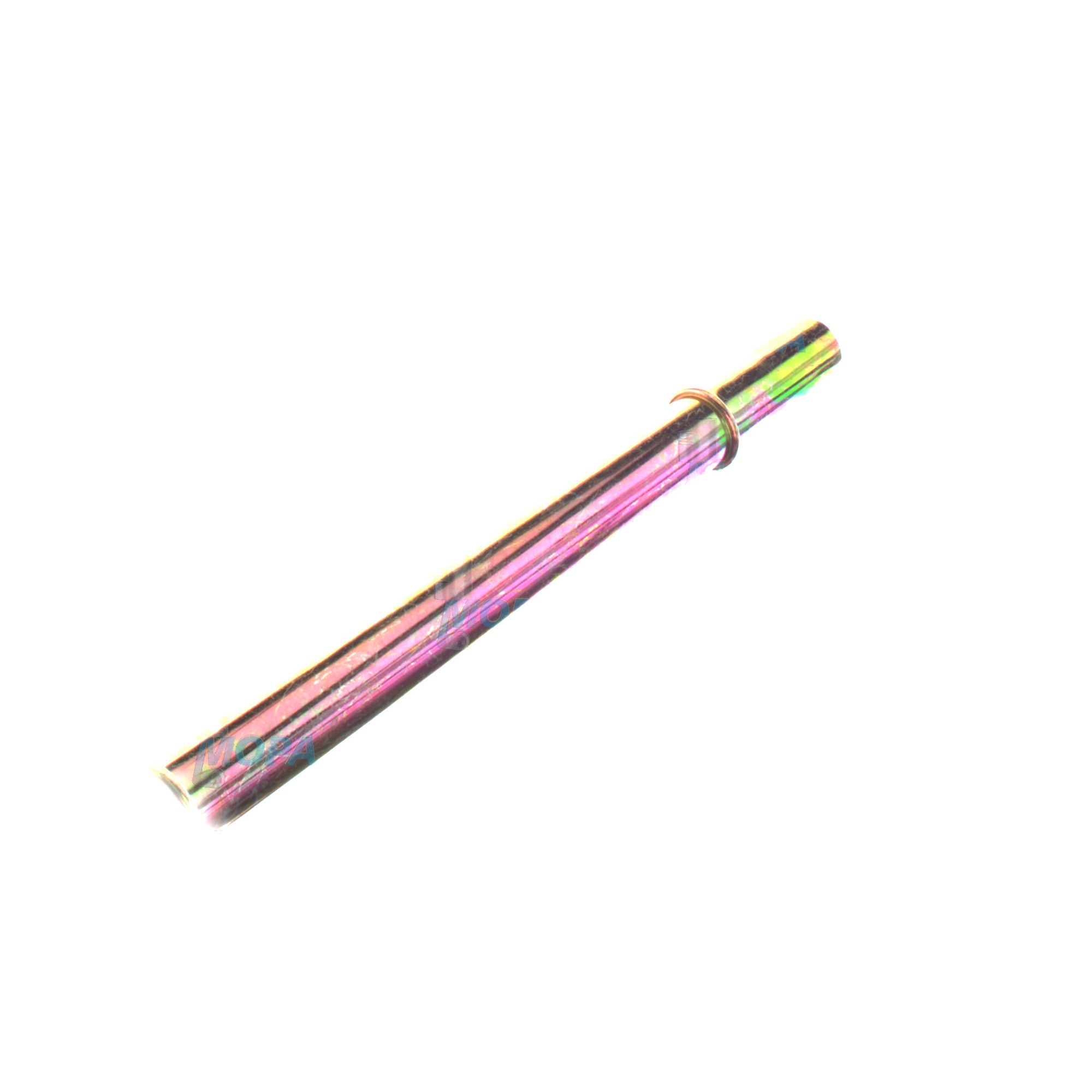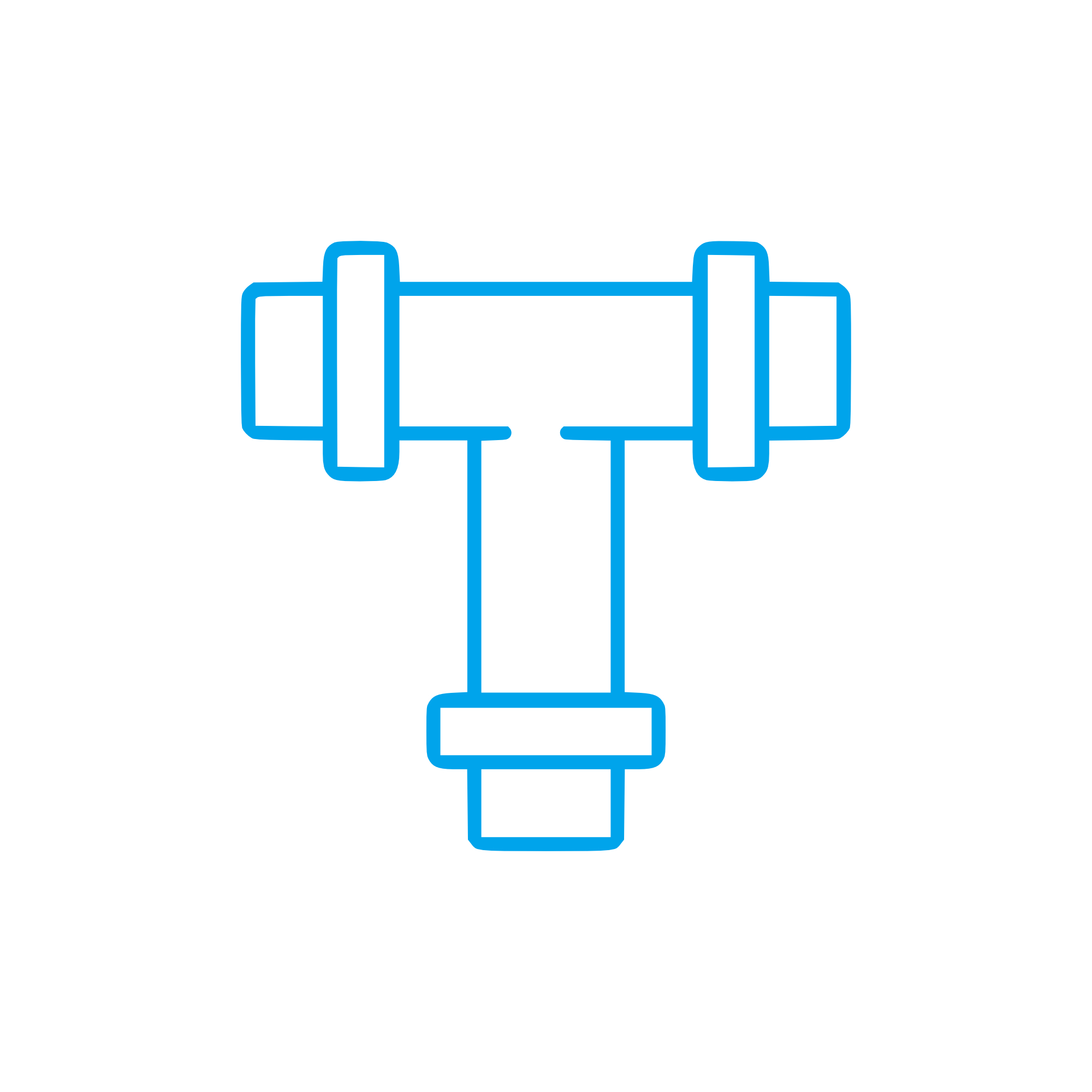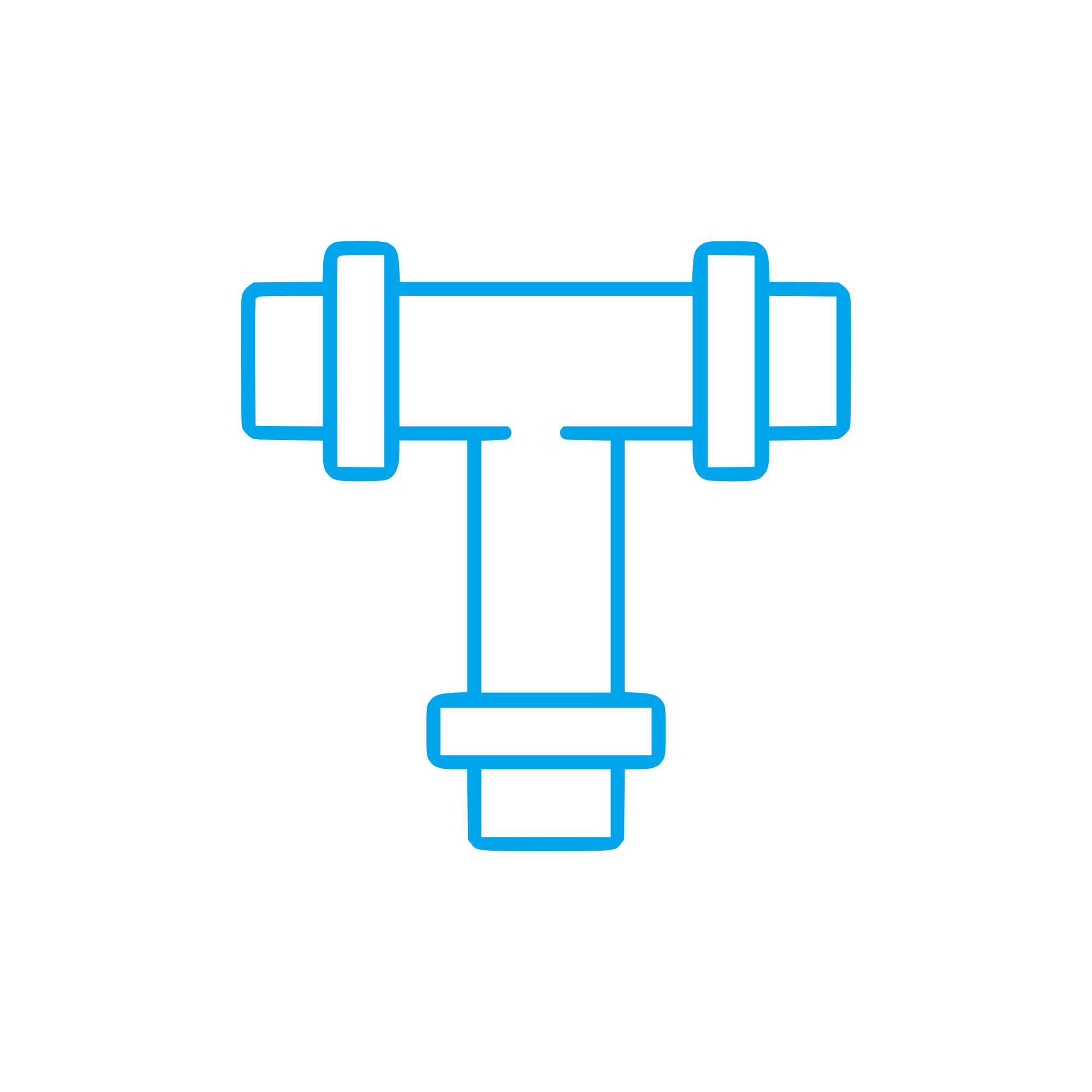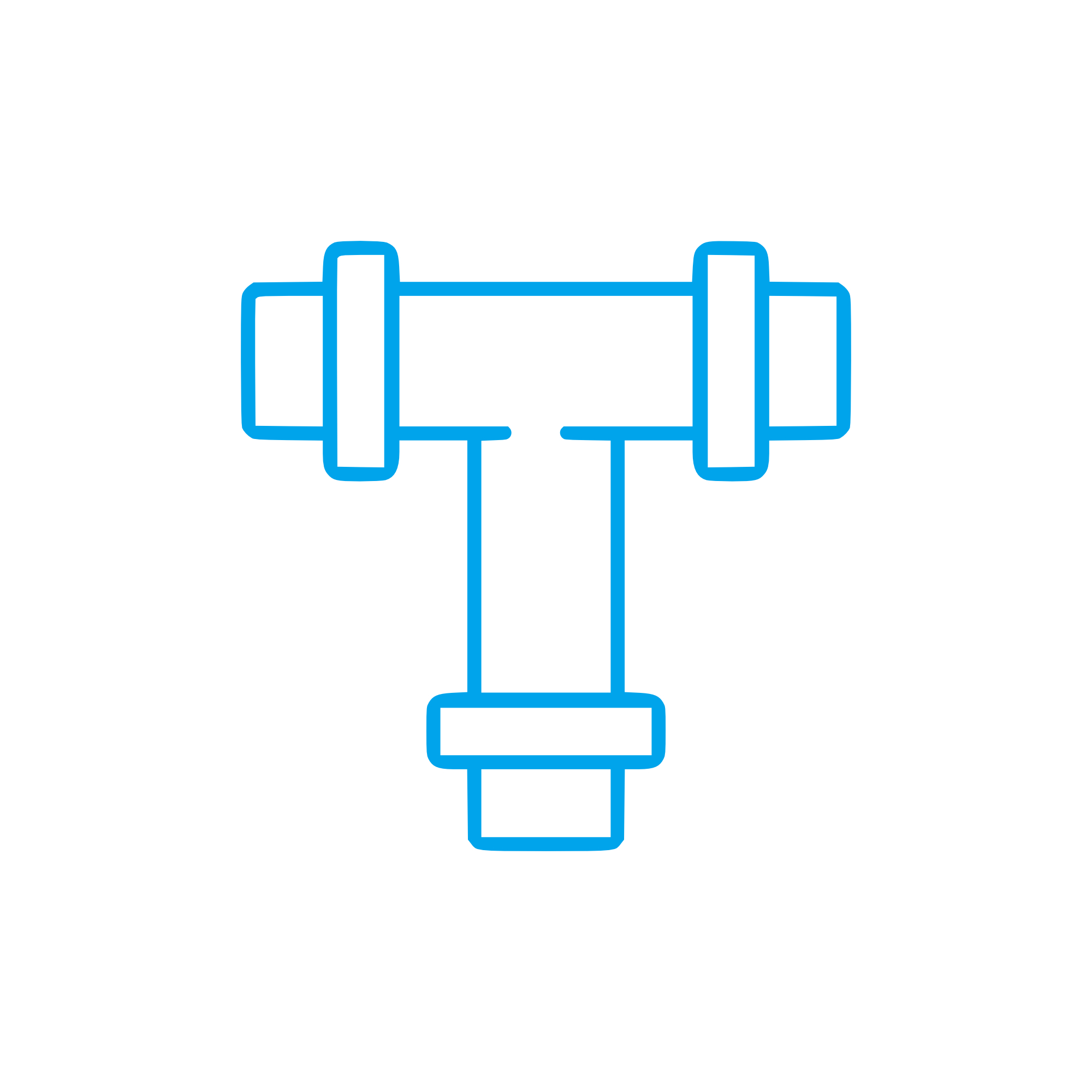PROTECTING TUBE solutions for lines and pipes in heavy-duty engines
Lines and pipes form the circulatory system of any engine. This article category covers rigid pipes, precision-bent tubes, flexible hoses, fittings, and protective elements that route and safeguard fluids and gases across subsystems such as fuel injection, lubrication, cooling water, air start, and hydraulics. In demanding applications—from a compact diesel engine to a large marine engine—these components ensure that pressure, flow, and temperature are controlled with precision. A PROTECTING TUBE adds an extra layer of defense against abrasion, heat, and vibration, extending service life and keeping critical runs compliant with safety rules and classification standards.
Whether transporting low-sulfur fuel at high pressure, circulating lube oil to bearings, or conveying seawater through CuNi pipework, the quality and fit of lines and pipes directly influence engine efficiency, cleanliness, and uptime. Correct routing reduces pressure losses, proper materials prevent corrosion, and reliable protection prevents chafing or heat soaking. The result is stable performance and predictable maintenance windows.
Technical function of lines and pipes and the role of PROTECTING TUBE in diesel engine and marine engine systems
In an engine, lines and pipes deliver media at defined pressures and temperatures with minimal leakage and minimal pressure drop. Fuel lines feed injectors or common-rail accumulators, lube oil pipes distribute oil to journals and turbos, cooling pipes move jacket water and charge-air coolant, while pneumatic lines power starting systems and valve actuation. Precision-bent stainless steel or carbon steel tubing, seamless designs, compliant flare/compression fittings, and correctly sized radii ensure laminar flow where needed and controlled turbulence where heat transfer is critical.
A PROTECTING TUBE is applied over sensitive runs—especially instrumentation tubing and fuel return lines—to shield against mechanical wear, radiant heat, and accidental impact. In a diesel engine, PROTECTING TUBE sections prevent chafing at clamp points, keep bundles separated from hot surfaces, and maintain insulation clearances. On a marine engine, PROTECTING TUBE guards fuel oil and hydraulic lines from vibration-induced fretting, while enabling quick visual inspection. Within OEM parts packages, PROTECTING TUBE is matched to diameter, bend geometry, and material hardness, so it neither pinches nor migrates under cyclic loads.
Effective pipework design also addresses expansion and vibration. Flexible sections, bellows, or hose inserts decouple engines from fixed structure. Double-walled fuel lines with leak detection improve fire safety. Proper supports and clamps maintain spacing and reduce resonance. Material selection—316L stainless for corrosion resistance, 90/10 CuNi for seawater service, high-strength carbon steel for high-pressure fuel—keeps systems stable across thermal cycles and fuel chemistries.
Key characteristics and advantages of lines and pipes
· Precisely matched diameters and bend radii for stable flow.
· High-pressure integrity for fuel and hydraulics.
· Corrosion-resistant alloys for marine atmospheres and seawater.
· Vibration control via correct clamping, supports, and flexible inserts.
· Leak-tight fittings with traceable materials and tested seals.
· PROTECTING TUBE to prevent abrasion and heat damage.
· Clean internal surfaces to protect injectors and bearings.
· Compliance with engine-maker specifications and class rules.
Why lines and pipes are critical for engine reliability and service life
Reliability depends on delivering the right medium to the right place at the right time. If lines and pipes are undersized, restrictive, or degraded, a diesel engine can suffer poor atomization, delayed injection, bearing starvation, hot spots, or cavitation. Corrosion, pitting, and micro-cracks at bends or clamp points can lead to leaks, air ingress, and pressure fluctuations—issues that escalate to unplanned stops. On a marine engine, a compromised cooling pipe or fuel return line can trigger temperature alarms, oil mist build-up, or even fire hazards.
Typical failure modes include vibration-induced fatigue near rigid clamps, fretting under inadequate PROTECTING TUBE coverage, seal creep at over-tightened fittings, erosion from high-velocity particulate-laden flows, and galvanic attack where dissimilar metals meet in a humid environment. Proactive replacement with specification-matched parts, combined with proper protection, restores design margins and keeps maintenance predictable.
Advantages of OEM spare parts suitable for lines and pipes
Using OEM spare parts suitable for lines and pipes preserves the engineered geometry, metallurgy, and surface finish that the engine depends on. Factory-validated bend radii, wall thickness, and heat treatments maintain pressure capability and fatigue resistance. Matched fittings and seals minimize assembly risk and ensure repeatable torque-to-seal behavior. With OEM spare parts, PROTECTING TUBE sections come in the correct hardness, length, and inner diameter to protect without constricting or migrating.
Beyond fit and function, lifecycle cost improves when flow losses are minimized and component life is extended. Certified traceability and batch testing support compliance with ship classification, safety audits, and emission-control documentation. Installation efficiency increases when preformed pipes align with brackets and manifolds on the first fit, reducing downtime and labor hours.
· Consistent performance through specification-accurate dimensions.
· Higher reliability from validated materials and pressure ratings.
· Better budget control via faster installation and fewer reworks.
· Longer service life through correct protection, routing, and sealing.
MOPA: fast, secure supply of OEM parts for lines and pipes
MOPA is an experienced partner for OEM spare parts for lines and pipes across diesel and gas engines. We source and deliver engine-maker–specified tubes, pipes, fittings, and PROTECTING TUBE with speed, quality, and transaction security. Purchasers and shipowners rely on MOPA for short lead times, correct documentation, and components that integrate seamlessly with existing engine layouts—whether for a single fuel line replacement or a complete cooling-water pipe set.
Our team supports identification, cross-referencing, and kitting, enabling efficient dry-dock planning and on-board interventions. From high-pressure injection lines to CuNi seawater pipes and heat-shielding PROTECTING TUBE, we help you maintain compliance and uptime.
Conclusion: PROTECTING TUBE and lines and pipes keep engines safe and efficient
Lines and pipes are fundamental to engine performance and safety, and the correct use of PROTECTING TUBE prevents avoidable wear and heat damage. Choosing OEM spare parts suitable for lines and pipes secures fit, durability, and cost control over the entire lifecycle—on land and at sea.


